Home>Furniture & Design>Outdoor Furniture>How To Build An Outdoor Antenna
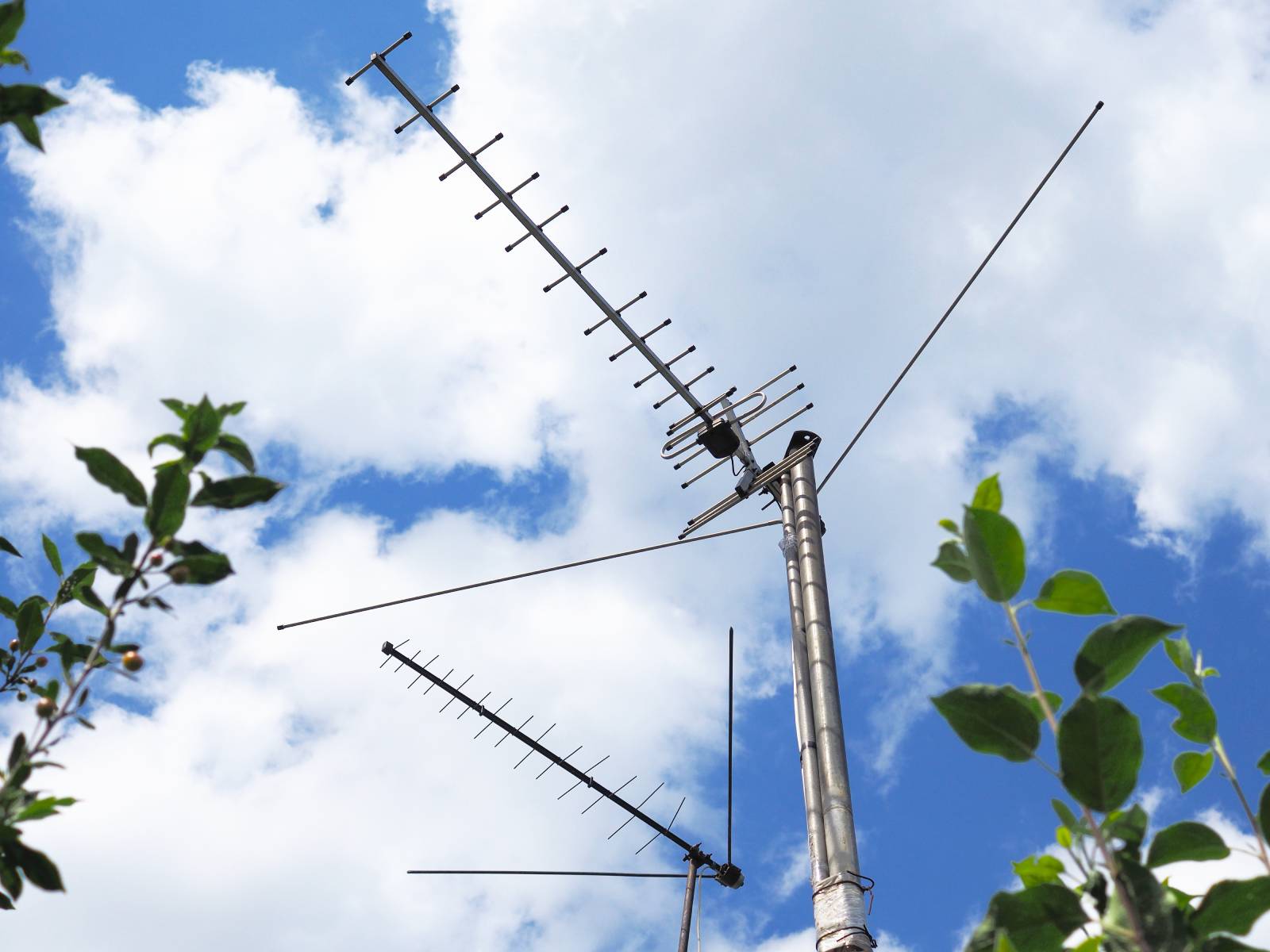

Outdoor Furniture
How To Build An Outdoor Antenna
Published: January 13, 2024
Learn how to build a powerful outdoor antenna with our expert tips and step-by-step guide. Enhance your outdoor furniture and design with improved signal reception.
(Many of the links in this article redirect to a specific reviewed product. Your purchase of these products through affiliate links helps to generate commission for Storables.com, at no extra cost. Learn more)
Introduction
Welcome to the world of outdoor furniture, where the beauty of nature meets the comfort of home. Whether you're designing an outdoor space from scratch or looking to revamp an existing setup, understanding the intricacies of outdoor furniture, design, and functionality is essential for creating a captivating and inviting outdoor oasis.
When it comes to outdoor furniture, the possibilities are as vast as the great outdoors itself. From cozy patio sets to elegant dining arrangements, and from weather-resistant materials to innovative design concepts, the realm of outdoor furniture offers a myriad of options to suit every style, space, and budget.
In this comprehensive guide, we'll delve into the art of outdoor furniture and design, exploring the key elements that make outdoor spaces both visually stunning and supremely comfortable. Whether you're a seasoned outdoor enthusiast or a novice looking to elevate your alfresco experience, this guide will equip you with the knowledge and inspiration needed to transform your outdoor area into a captivating retreat.
So, grab a refreshing beverage, find a comfortable spot, and let's embark on a journey through the enchanting world of outdoor furniture, where style, functionality, and nature harmoniously converge to create an outdoor haven like no other.
Key Takeaways:
- Enjoy a broader range of TV channels and clearer reception with your outdoor antenna, enhancing your entertainment options and blending indoor comfort with the beauty of nature.
- By assembling, mounting, and adjusting your outdoor antenna, you’ve gained technical skills and the ability to maintain and optimize your system, ensuring years of superior TV reception in the great outdoors.
Read more: How To Point An Outdoor Antenna
Selecting the Right Location
Choosing the perfect location for your outdoor furniture is the first step in creating an inviting and functional outdoor space. Whether you have a spacious backyard, a cozy balcony, or a charming terrace, the location sets the stage for the ambiance and utility of your outdoor oasis.
Consider the following factors when selecting the right location for your outdoor furniture:
- Functionality: Determine the primary purpose of the outdoor space. Is it a place for dining, lounging, entertaining, or all of the above? Understanding how you intend to use the space will guide your furniture selection and arrangement.
- Weather Exposure: Assess the amount of sun, wind, and moisture the area receives throughout the day. This will help you choose materials that can withstand the elements and ensure the longevity of your outdoor furniture.
- Scenic Views: Take advantage of any natural vistas or architectural features in your outdoor area. Positioning your furniture to capture scenic views or create focal points can enhance the overall appeal of the space.
- Privacy: Consider the level of privacy you desire. Strategically placing furniture to create intimate settings or shielded retreats can elevate the comfort and allure of your outdoor space.
- Traffic Flow: Evaluate the flow of movement in the outdoor area. Ensure that there is ample space for comfortable navigation and that the arrangement of furniture complements the natural pathways.
By carefully considering these factors, you can identify the most suitable location for your outdoor furniture, setting the stage for a captivating and functional outdoor retreat.
Gathering Materials
Before embarking on your outdoor furniture journey, it’s essential to gather the right materials to bring your vision to life. From durable furniture pieces to decorative accents and protective elements, the materials you choose will contribute to the comfort, style, and longevity of your outdoor space.
Here are the key materials to consider when furnishing your outdoor area:
- Weather-Resistant Furniture: Opt for furniture crafted from materials designed to withstand outdoor conditions. Popular choices include teak, aluminum, wrought iron, and all-weather wicker, known for their durability and resistance to moisture, UV rays, and temperature fluctuations.
- Comfortable Cushions: Invest in high-quality, weather-resistant cushions and pillows to enhance the comfort and visual appeal of your outdoor seating. Look for fabrics specifically engineered for outdoor use, such as solution-dyed acrylic, that offer fade resistance and easy maintenance.
- Functional Lighting: Select outdoor lighting fixtures to illuminate your outdoor space for extended enjoyment after sunset. From string lights and lanterns to sconces and pathway lights, lighting adds ambiance and functionality to your outdoor oasis.
- Shade Solutions: Consider adding shade elements such as umbrellas, pergolas, or retractable awnings to provide relief from the sun and create comfortable outdoor retreats, especially in sunny climates.
- Decorative Accents: Personalize your outdoor space with decorative accents such as outdoor rugs, throw blankets, and decorative planters. These elements add personality and charm, transforming your outdoor area into a stylish extension of your home.
- Protective Covers: Preserve the condition of your outdoor furniture by investing in protective covers designed to shield your pieces from the elements during inclement weather or extended periods of non-use.
By gathering these materials, you’ll lay the foundation for a well-appointed and resilient outdoor space that seamlessly blends style, comfort, and practicality.
Assembling the Antenna
Assembling an outdoor antenna is a rewarding and practical project that can significantly enhance your television viewing experience. By following these steps, you can successfully assemble an outdoor antenna to capture optimal signal strength and clarity.
Here’s a step-by-step guide to assembling the antenna:
- Unpack the Components: Carefully unpack the antenna kit, ensuring that all the necessary components are present, including the antenna elements, mounting hardware, coaxial cable, and any additional accessories.
- Refer to the Instruction Manual: Familiarize yourself with the assembly instructions provided in the manual. Pay close attention to the diagrams and step-by-step guidelines to ensure a smooth assembly process.
- Assemble the Antenna Elements: Following the manufacturer’s guidelines, assemble the antenna elements according to the specified configuration. This typically involves connecting the antenna rods, reflectors, and any additional components to form the complete antenna structure.
- Attach the Mounting Hardware: Install the mounting hardware, such as the mast and brackets, to facilitate the secure attachment of the antenna to a stable support structure, such as a rooftop or a pole.
- Connect the Coaxial Cable: Affix the coaxial cable to the designated connection point on the antenna, ensuring a secure and weatherproof connection. Route the cable along the mounting structure, securing it in place to prevent any strain on the connection points.
- Grounding the Antenna: Implement proper grounding procedures as per local building codes and manufacturer recommendations to safeguard the antenna system against electrical surges and ensure safety and optimal performance.
- Perform a Visual Inspection: Thoroughly inspect the assembled antenna system, verifying the integrity of the connections, the alignment of the elements, and the stability of the mounting structure to confirm that everything is in place and secure.
By meticulously following these steps, you can effectively assemble an outdoor antenna, positioning yourself to enjoy enhanced television reception and a broader selection of channels for your viewing pleasure.
When building an outdoor antenna, make sure to use weather-resistant materials to protect it from the elements. This will help ensure that your antenna lasts longer and provides better reception.
Mounting the Antenna
Mounting the outdoor antenna is a crucial step that directly impacts its performance and longevity. Proper installation and positioning are essential for maximizing signal reception and minimizing interference, ensuring an optimal viewing experience. Here’s a comprehensive guide to mounting your outdoor antenna:
- Select the Mounting Location: Choose a location that offers a clear line of sight to the broadcast towers while minimizing obstructions such as trees, buildings, and other potential sources of signal interference.
- Secure the Mounting Structure: Whether mounting the antenna on a rooftop, a pole, or another elevated structure, ensure that the mounting surface is stable, securely anchored, and capable of supporting the weight and wind load of the antenna.
- Positioning the Antenna: Orient the antenna in the direction of the nearest broadcast towers using a compass or referencing online signal strength maps. Adjust the antenna’s azimuth and elevation angles to align with the optimal signal path for your location.
- Antenna Mast Installation: If using a mast, securely affix it to the mounting structure, ensuring proper vertical alignment and stability. Use appropriate hardware and fasteners to secure the mast in place, minimizing any potential for movement or misalignment.
- Attach the Antenna: Carefully affix the assembled antenna to the mounting structure, following the manufacturer’s guidelines for securing the antenna to the mast or brackets. Verify that the antenna is level and securely fastened to prevent movement or misalignment.
- Route the Coaxial Cable: Route the coaxial cable from the antenna to the desired entry point into your home, securing the cable along the mounting structure to prevent sagging or damage. Use weatherproof cable clips or straps to secure the cable and maintain a neat and organized installation.
- Grounding the Antenna System: Implement proper grounding procedures as per local building codes and manufacturer recommendations to protect the antenna system from electrical surges and ensure safety and optimal performance.
- Secure Cable Entry: Seal the entry point of the coaxial cable into the home with weatherproofing materials to prevent water infiltration and maintain the integrity of the installation.
By meticulously following these steps, you can effectively mount your outdoor antenna, positioning it for optimal signal reception and long-term reliability, thus enhancing your television viewing experience.
Read more: How To Make An Outdoor Antenna
Testing and Adjusting the Antenna
After mounting the outdoor antenna, thorough testing and adjustment are essential to ensure optimal signal reception and channel clarity. By following these steps, you can effectively test and fine-tune the antenna for superior performance:
- Perform a Channel Scan: Use the menu options on your television or digital tuner to initiate a channel scan, allowing the device to detect and store available channels based on the received signal strength.
- Assess Signal Quality: Evaluate the signal strength and quality of the detected channels, noting any instances of pixelation, audio dropouts, or missing channels, which may indicate the need for antenna adjustments.
- Adjust Antenna Position: Gradually adjust the azimuth and elevation angles of the antenna, referencing the signal strength and channel clarity displayed on your television or tuner as you make incremental changes.
- Utilize Signal Meters: If available, use signal strength meters or smartphone apps designed for antenna alignment to gauge signal strength and quality while adjusting the antenna position for optimal reception.
- Minimize Interference: Identify and mitigate sources of signal interference, such as nearby electronic devices, metal structures, or environmental obstructions, to enhance signal clarity and minimize reception issues.
- Re-scan Channels: After making adjustments to the antenna position, initiate a new channel scan to detect any improvements in signal strength and the availability of additional channels resulting from the antenna adjustments.
- Verify Stable Reception: Confirm the stability and consistency of the received channels by monitoring the signal quality over time, ensuring that the antenna positioning maintains reliable reception under varying weather conditions and environmental factors.
By diligently following these steps and leveraging the available tools and resources, you can effectively test and adjust the outdoor antenna to optimize signal reception, resulting in a broader selection of channels and enhanced viewing quality for your television entertainment.
Conclusion
Congratulations on completing the assembly, mounting, and fine-tuning of your outdoor antenna. By embarking on this rewarding project, you’ve gained the ability to capture superior television signals and expand your viewing options, all while enjoying the benefits of a well-optimized antenna system.
As you reflect on this journey, consider the following key takeaways:
- Enhanced Viewing Experience: With your outdoor antenna in place, you now have the opportunity to access a broader range of television channels and enjoy clearer, more reliable reception, enriching your entertainment options.
- Technical Proficiency: Through the assembly, mounting, and adjustment processes, you’ve acquired valuable technical skills and knowledge, empowering you to maintain and optimize your antenna system with confidence.
- Outdoor Enjoyment: By harnessing the power of your outdoor antenna, you can now relish your favorite television programs while basking in the beauty and tranquility of your outdoor space, blending indoor comfort with the allure of nature.
As you revel in the fruits of your labor, take pride in the fact that you’ve successfully navigated the intricacies of outdoor antenna installation, positioning yourself for an enhanced television viewing experience that seamlessly integrates with your outdoor lifestyle.
Remember to periodically assess and maintain your antenna system to ensure continued performance and reliability, allowing you to savor the benefits of superior television reception in the great outdoors for years to come.
So, sit back, relax, and immerse yourself in the captivating world of outdoor entertainment, knowing that your meticulously assembled and optimized outdoor antenna stands as a testament to your dedication to quality television viewing amidst the beauty of the open air.
Frequently Asked Questions about How To Build An Outdoor Antenna
Was this page helpful?
At Storables.com, we guarantee accurate and reliable information. Our content, validated by Expert Board Contributors, is crafted following stringent Editorial Policies. We're committed to providing you with well-researched, expert-backed insights for all your informational needs.
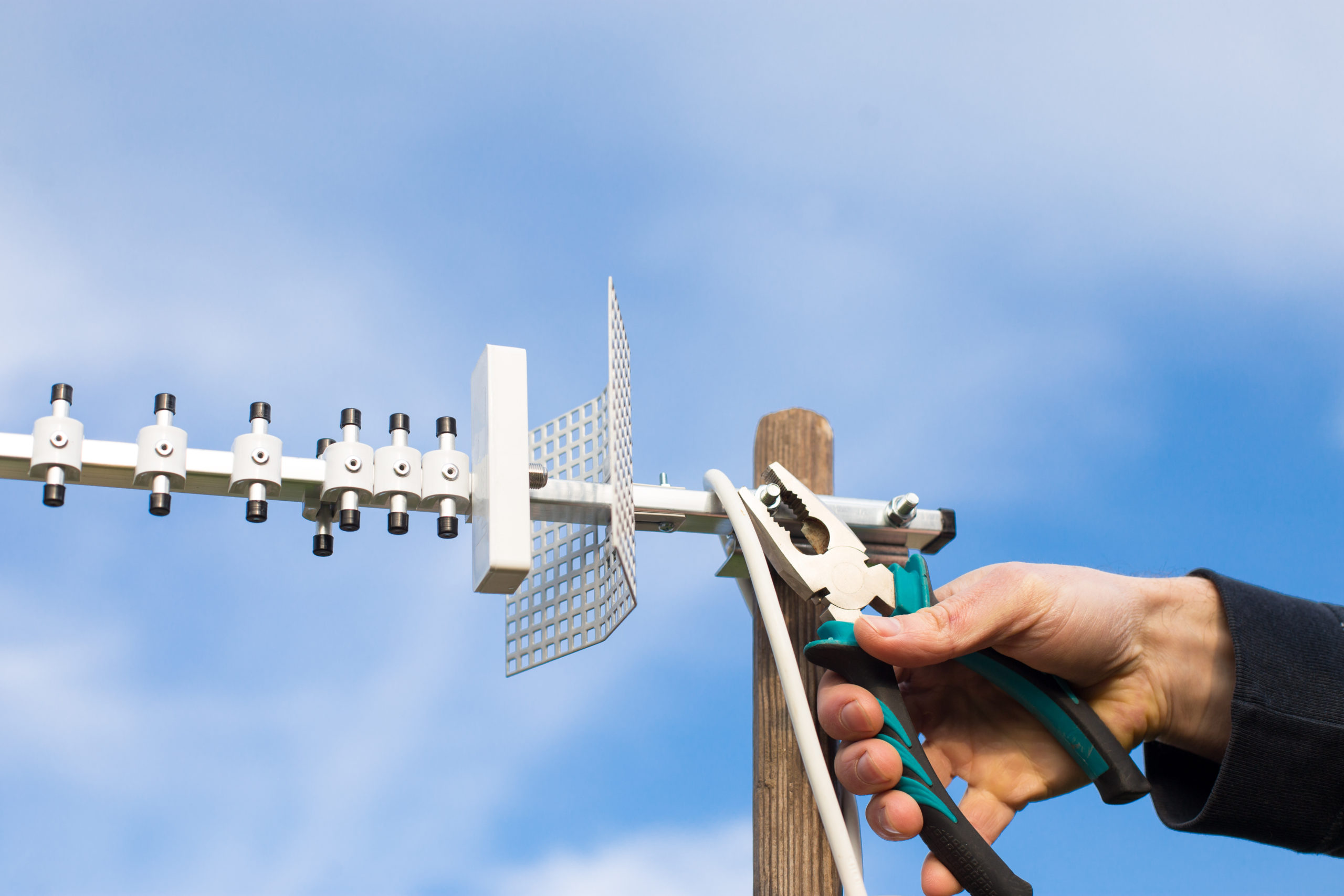
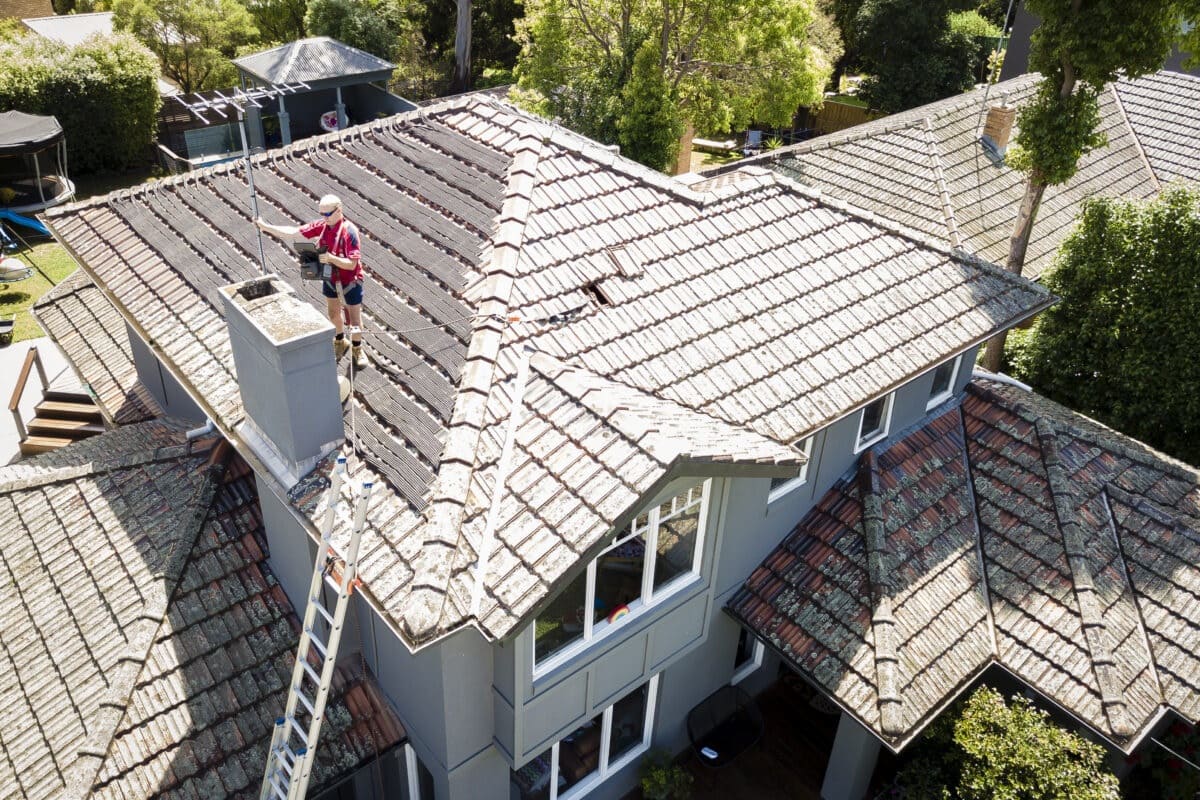
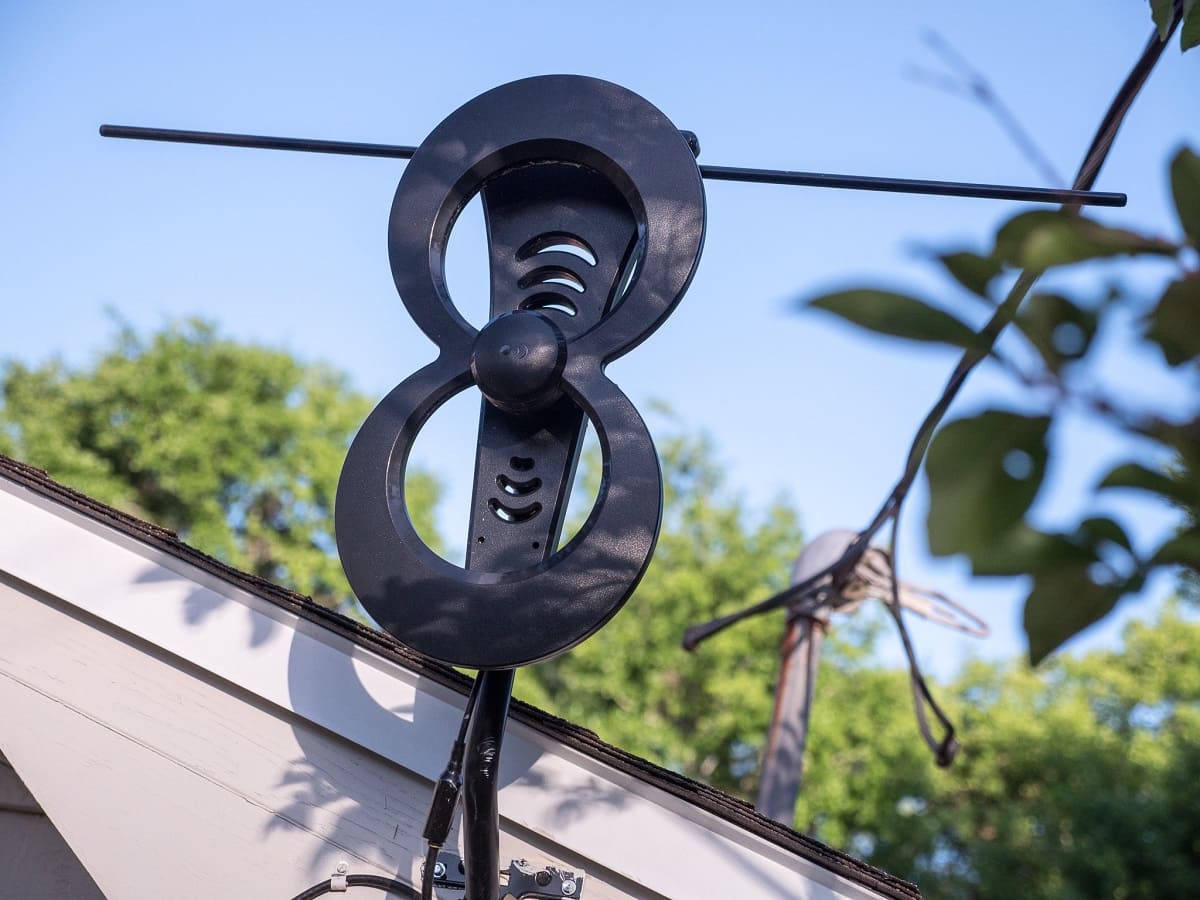
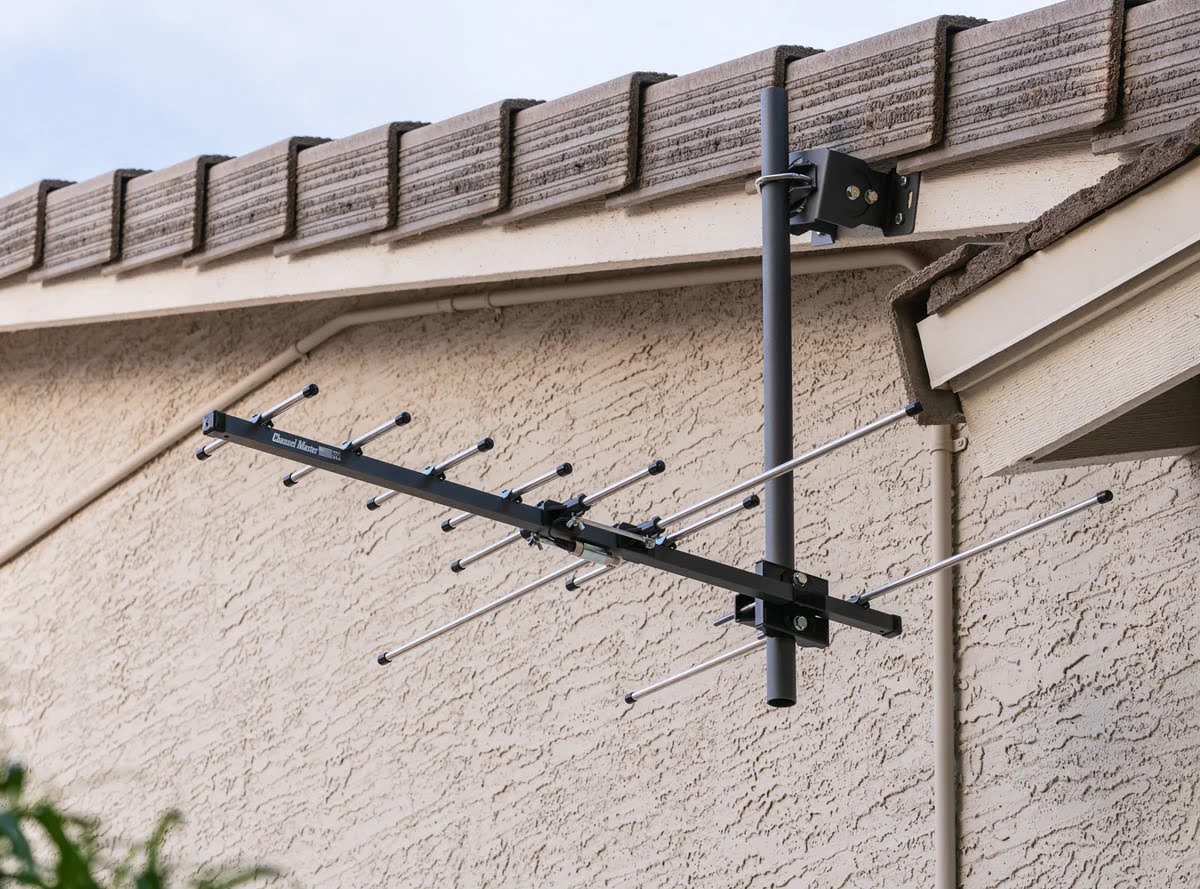
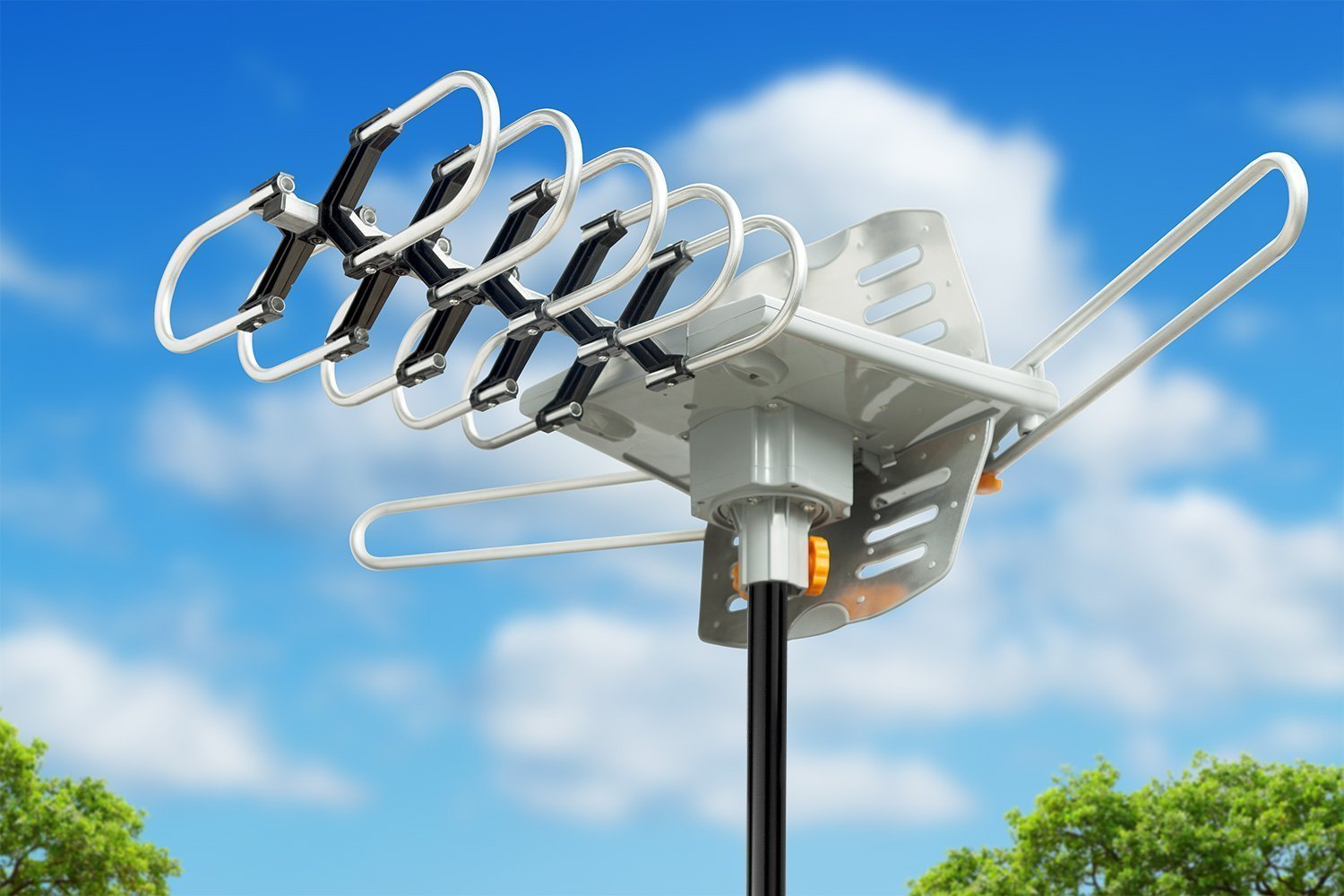
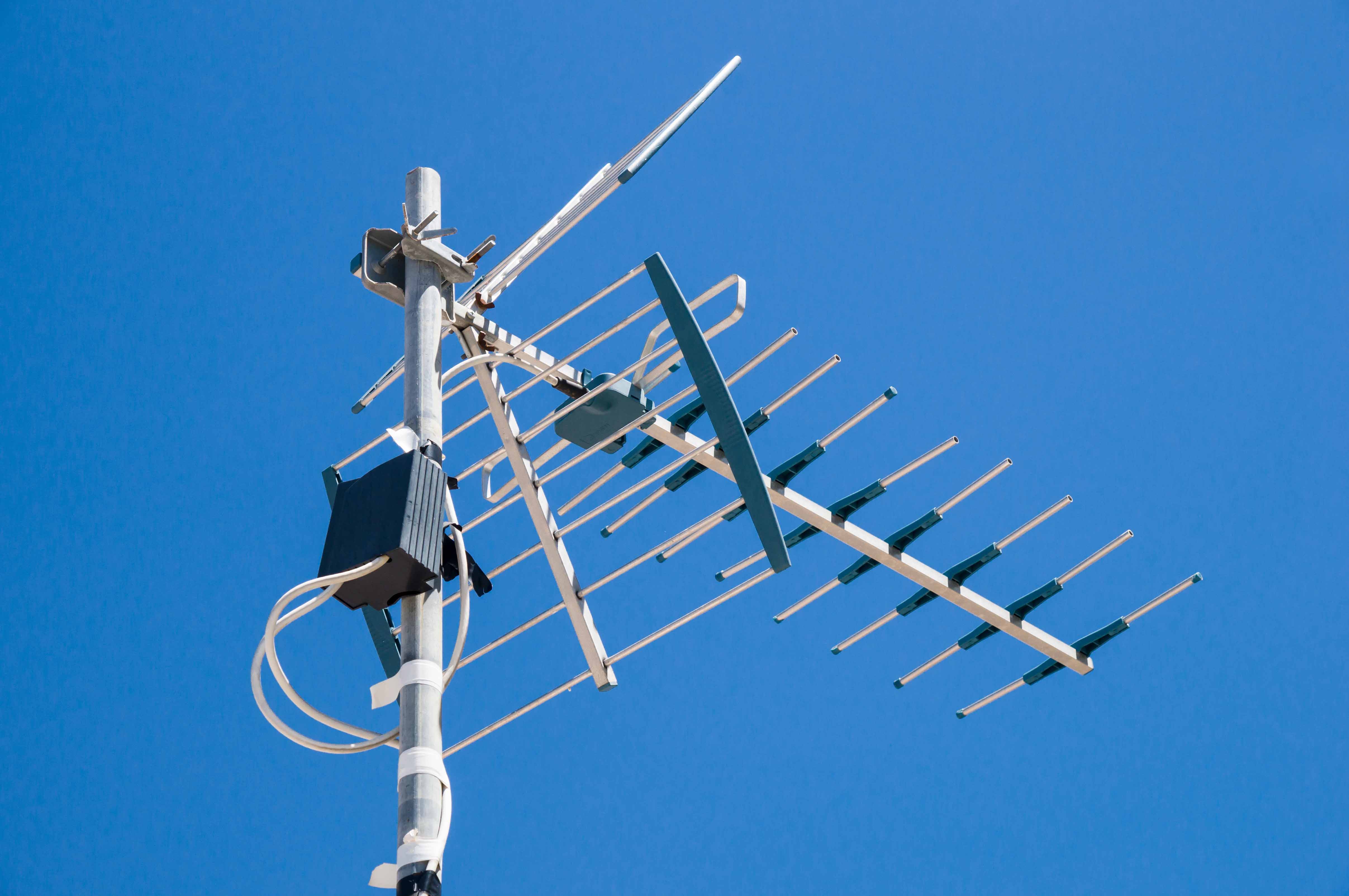
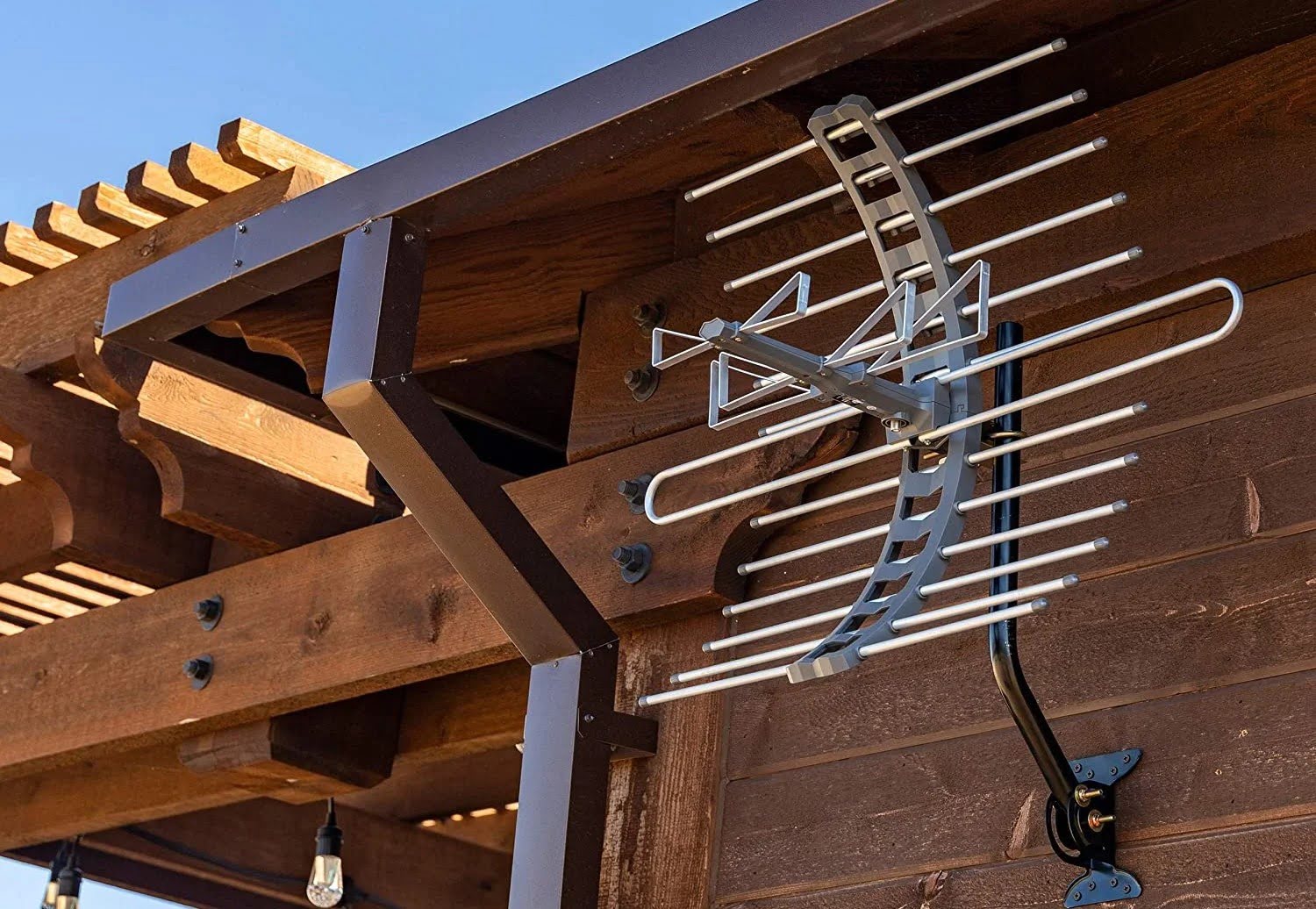
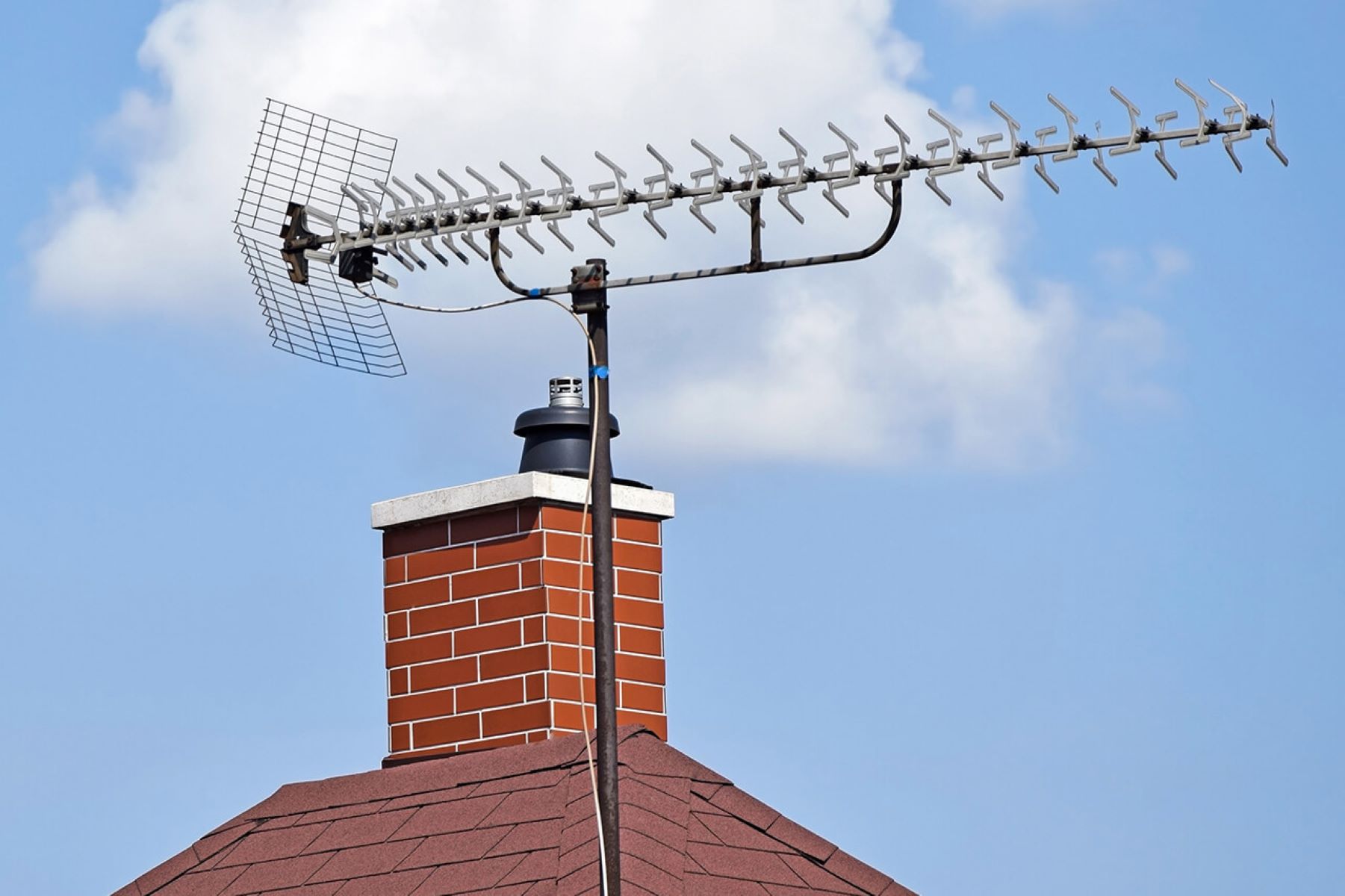
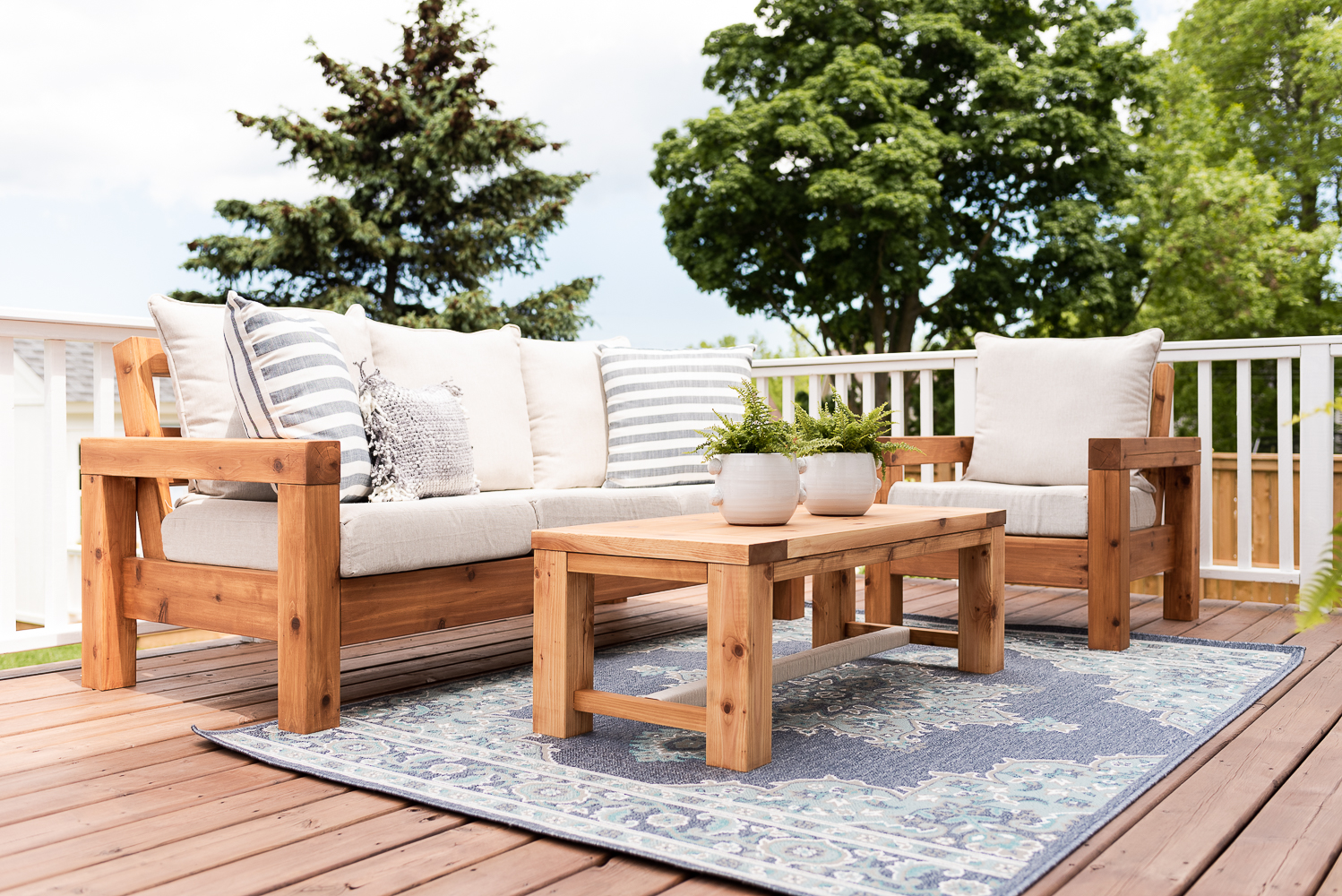
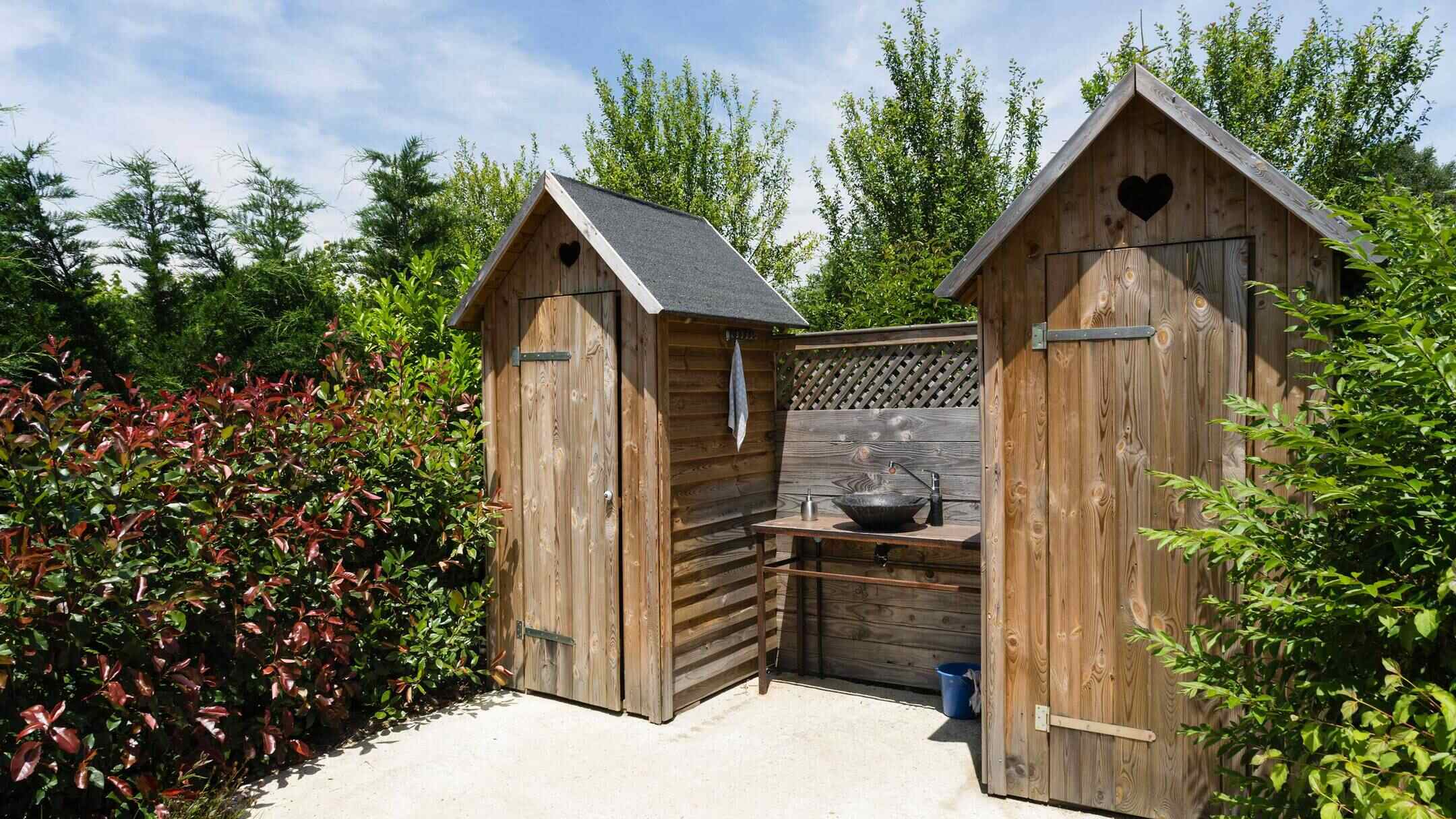
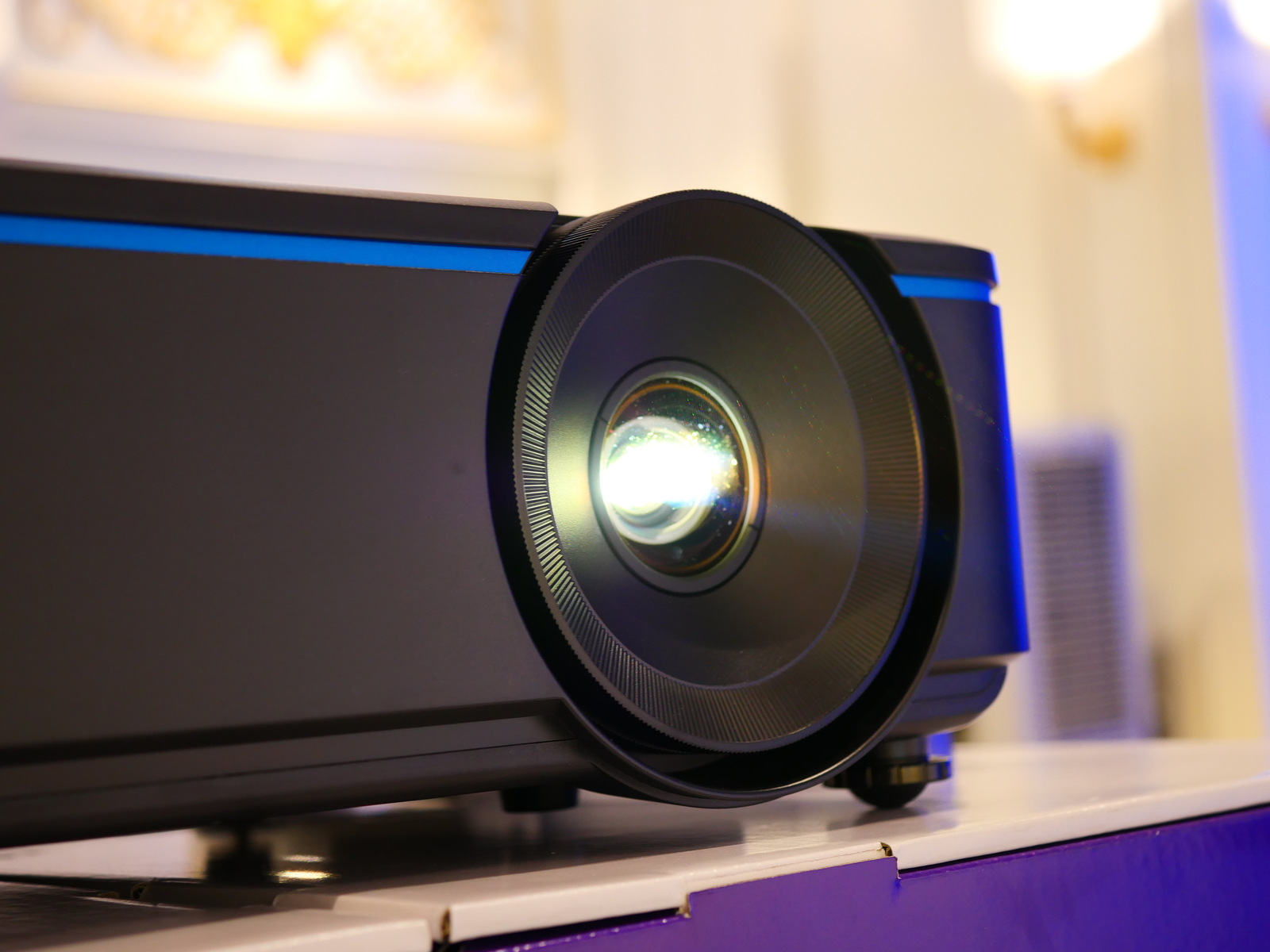

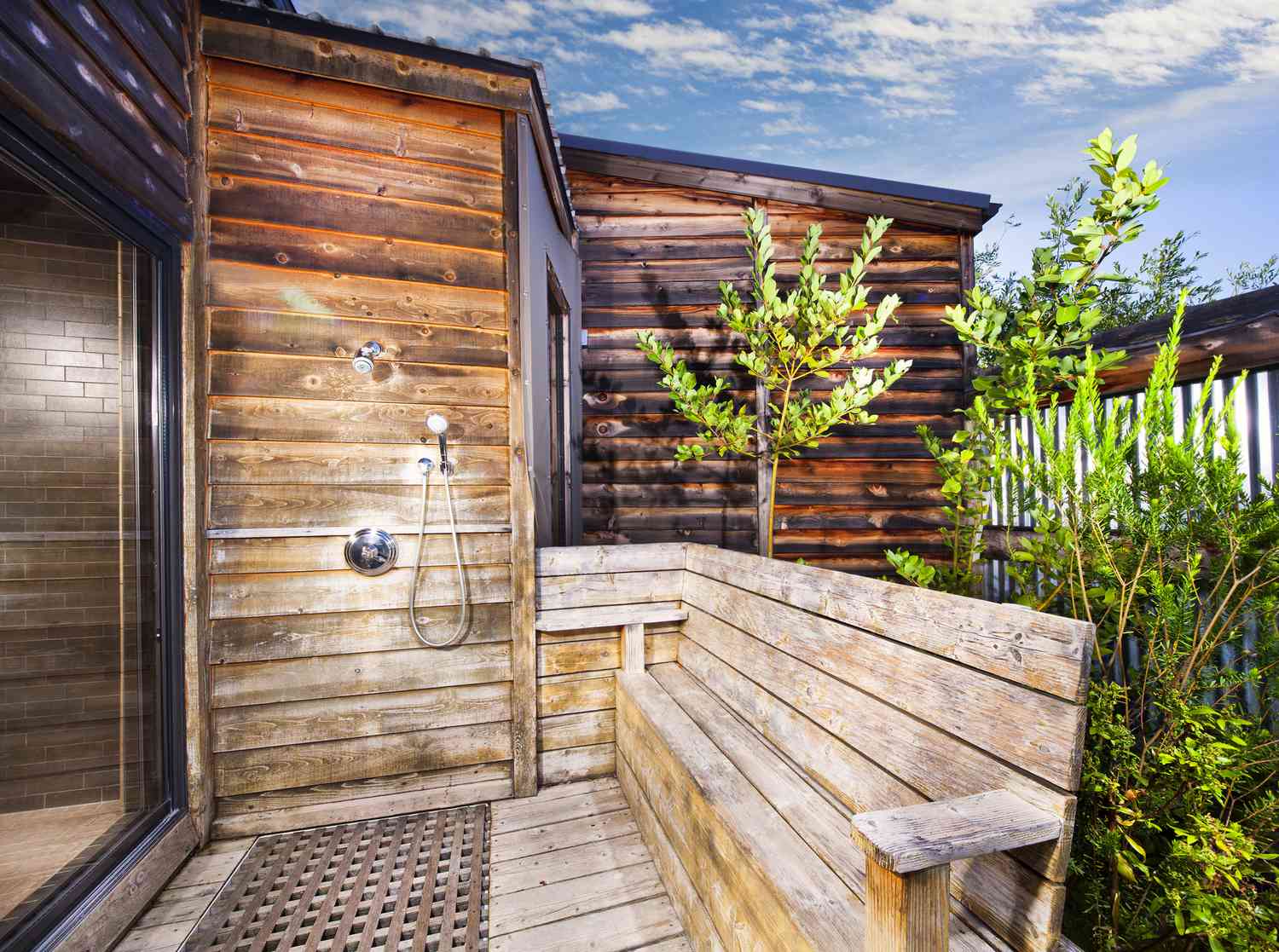


0 thoughts on “How To Build An Outdoor Antenna”